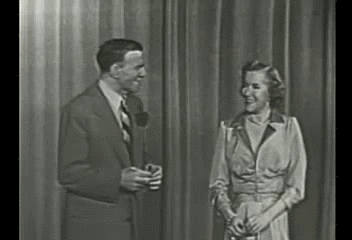Keeping up with Reality Television
If a decade ago someone told the
general population that some family, in this case the Heene family, would tell
the world that they put their boy up in a balloon, just to try to receive a
television show, critics would have said reality television needed to come to
an end. Now, the general public may have acted in disgust but the Heene’s
motive comes as no surprise. As “balloon boy” indicates, reality television
with all of the crazy publicity stunts it pulls has become a way of life. This
particular stunt was more successful in receiving police attention but it did
help the family to receive the famous so called “fifteen minutes of fame”. In
today’s world these three authors argue various points regarding reality
television in topics such as how reality television became a way of life with
personal details for public viewing and how everything is done for approval but
ethical situations arise when privacy is invaded which still causes assessments
of the genre.
In “What’s Right with Reality TV”, Poniewozik’s
argument is that reality television and internet encourages this generation go
to promote themselves like a product. Poniewozik states that in 2000 television
was a fad but now it is a way of life. In his opinion, Survivor and The Amazing Race
are relatively tame to the point of the show attaining the family oriented
title. He breaks down reality television into two subgenres: the game shows or
competitions and plain voyeurism. The plain as day voyeurism is part of today’s
modern take of the issue of privacy because this generation has grown accustomed
to reality television; privacy is not as valued as it was in the past. Today’s
reality is that an employer can do a quick Google search of a potential
employee and that works as a resume. Also according to Poniewozik, this is
precisely the reason it is of no use to make a Twitter or Facebook feed
private, so that a person’s merit shows support on a social media website. This
can lead to a person make cryptic messages to insure a person does not lose any
credit on a reputation by posting something controversial, in other words, it
has helped society to carefully construct themselves.
Kilborn takes a critical tone
towards reality television at most instances especially in the area of
television documentaries such that television documentaries have compromised
integrity for ratings. It is easy to see how greed can overtake someone as
reality television often displays in competition shows, and with the relatively
cheap, how a production can sacrifice quality scripts, lighting, costumes, and
editing for this cheap setup. Kilborn also describes how The Truman Show was a movie that summarized reality television with
Jim Carrey starring as Truman. Kilborn describes how everyone is invested in
Truman, all of Truman’s situations are simulated, the cast helps create the
illusion, the products integrated on the show pay for the show to run, and
there are ethical issues surrounding raising a child from birth to star in a
reality show without his knowledge. This movie challenged audiences to think
about what consequences their actions had if they allowed reality television to
push the envelope, after all this is reality, not a television show where
people can go on living their real lives elsewhere. When reality television is
tampered with, it changes someone’s actual life. This seemed to be where the
future of reality television was going at the time the movie was made and some
of the predictions in The Truman Show have come true. The question still hangs
in the air, is society going to find a balance so that reality television does
not harm anyone but still is entertaining
Kavka focuses more on what the genre
“reality television” means because reality encompasses many different
subgenres. Not only does Kavka focus on different subgenres but also on the
history of reality television itself to give a sort of evolution of a genre
that really sped up in the last twenty years. This look into the evolution of
reality television shows various issues that reality television dealt with in
the past. Reality television is not exactly new with game shows, talent
competitions, documentaries, and shows like Candid
Camera helping to create an environment where ordinary people felt involved
and welcomed cameras especially if they were hidden (Kavka pg 7).One of the
main shows that Kavka points to for truly creating the genre is Candid Camera because the producer of Candid Camera, Allen Funt, found in
radio days that if he hid the microphone that people talked with more honesty
(Kavka pg 15-16). What is remarkable is he had the sound mind to create release
forms so that no conflicts would exist in the future (Kavka pg 18-19). It is interesting to see that since the start
of television, reality television existed as well as the fact that people were
paid in exchange for an invasion of privacy.
Candid Camera was a functioning television show in 1948, pretty much the
start of television itself, which makes the name implicate a deeper truth. If a
producer puts a person in front a camera and the participant knows it is there,
then the participant will act differently than if the participant does not know
that the camera is there. This also is part of the echo of critics, people
change who they are, and their social behaviors in possibly unhealthy ways to
focus on presenting a good image to the camera, or the audience. Is it ethical
to simply watch while others may humiliate themselves (Kavka pg 43)? This
raised questions for a new generation of reality television fans when the dad
on An American Family announced he was
gay, although his family knew, it had some questioning “did the constant
surveillance on reality television make him this way (Kavka pg 32)? No one can
say for sure but there is hardly a doubt in anyone’s mind that awareness of a
camera always causes different reactions.
An example of “acting for the
camera/audience” is in the Bachelor/ette,
the couples in dating shows rarely end up married or stay married. Is it
ethical to press for ratings by making a man or woman pursue many relationships
but within a certain amount of time choose the love of their life (Kavka pg
23). These contestants are treated like chocolate samples, and the person tries
to find their true favorite by mixing too many flavors together, many are going
to change their taste. Just as taste changes, the seasons of life do, and many
of these couples end up breaking up after the show. Instead of this model as a
relationship model, Kavska says that it is a model on how to become a celebrity.
If it shocks the staff and cast, then it might mean a making of a national
celebrity like the case of Rozlyn Papa (Kavka pg 147). Although the question of
ethics of reality television is ever present, it is obvious it is here to stay.
Kilborn assumes that audiences
have caught onto reality television’s cheap tricks and have grown cynical of
them, while Poniewozik has a differing opinion, suggesting that the audience
itself has insured that reality television is here to stay. Both Poniewozik and
Kilborn give credit to the audience for acknowledging they have the power over
programming due to the consumer oriented medium of television? Kavka agrees
with many of Poniewozik and Kilborn’s points but Kavka points in depth to the
past, in order to cast light on the present.
The world that this generation has
grown up in, now is accustomed to shows like Big Brother, Survivor, The Bachelor/ette, American Idol, and Jersey
Shore. Scandals, cover-ups, fakes, phonies, the redeeming moments, the
hope, the passion, and all the drama located inside a box called television. It
is easy to see why there are cynics of reality television, it seems to
encourage bad behavior; it usually takes longer for a person to gain respect
than it does to receive attention for something that is shocking like a sex
scandal. That is not to say that reality television does not surprise people
and help people achieve their goals. There are many reality television shows
that are dedicated to helping people aspire to accomplish their dreams. Reality
television is like a documentary itself with shows perhaps providing drivel,
but a sort of commentary on social life. Although the Jersey Shore or Keeping up
with the Kardashians may not add any true value to improving anyone’s
quality of life or knowledge but life is often what one makes out of it, and
truthfully learning is a never ending process where exercising the brain is
possible by applying an analytical spin on anything. So take the good with the
bad, after a long hard day with the family, it is kind of nice to hear a
different family argue about things.
Works Cited
Kavka, Misha. Reality
TV. Edinburgh: Edinburgh UP, 2012. Print.
Kilborn, Richard
W. Staging the Real: Factual TV Programming in the Age of Big Brother.
Manchester: Manchester UP, 2003. Print.
Poniewozik, James. “What’s
Right with Reality TV”Academic Universe: Research and Writing at Oklahoma
State University. Myers, Joe, Lexi Brackett, Dannie Chalk, and Andrew
Terhune. Plymouth, MI: Hayden-McNeil, 2009.237-244. Print.
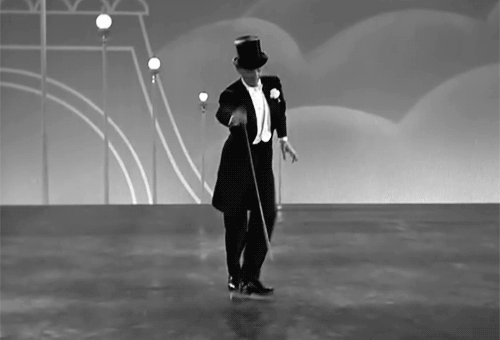 One of the moves I used in the video.
One of the moves I used in the video.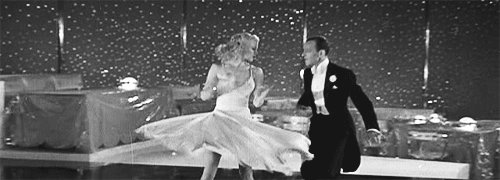
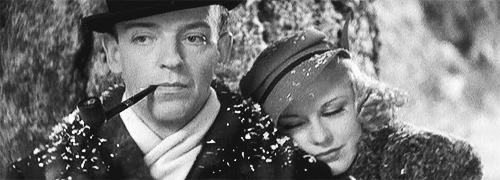
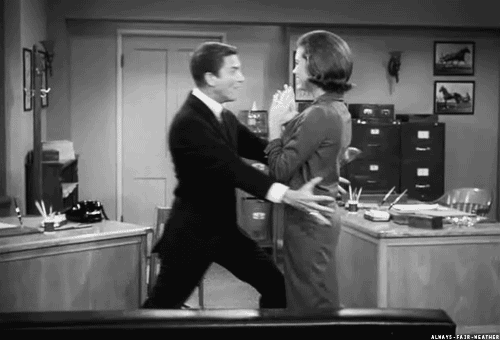 Love their enthusiasm
Love their enthusiasm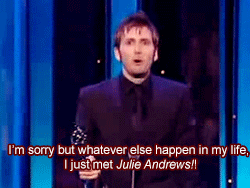 David Tennant FTW!
David Tennant FTW! Even Craig Ferguson aggres!
Even Craig Ferguson aggres!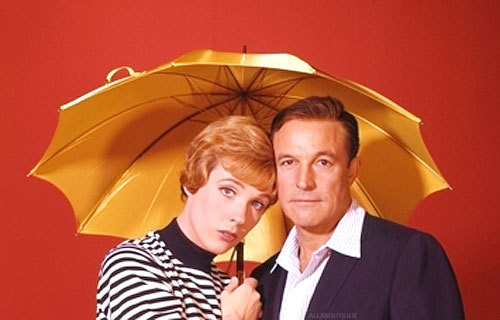 Aren't these two lovely?
Aren't these two lovely?